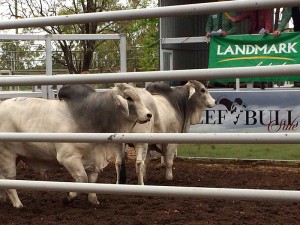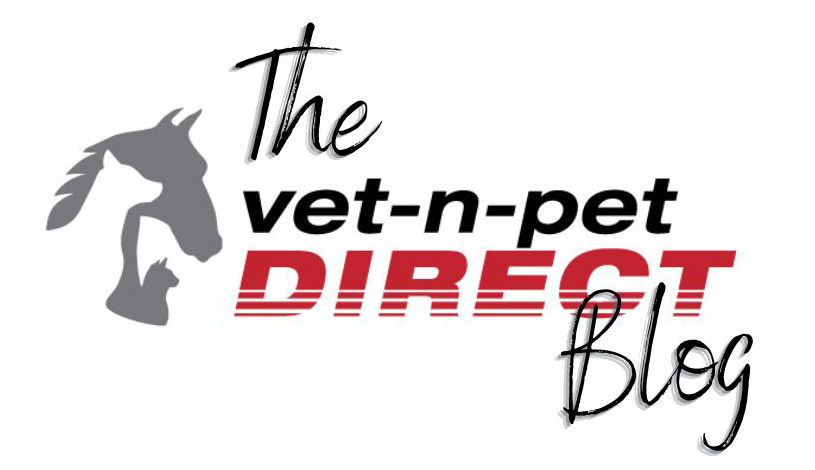 Recently I took a trip to Capella in the Central Highlands of Queensland to visit family that have a cattle property there. It is really nice to get back to the country lifestyle and being surrounded by cattle, chickens, dogs and wide open spaces.
Recently I took a trip to Capella in the Central Highlands of Queensland to visit family that have a cattle property there. It is really nice to get back to the country lifestyle and being surrounded by cattle, chickens, dogs and wide open spaces.
While I was there we went to my first bull sale in Clermont. I have shown cattle before and have a bit of an idea on what makes a good bull but it was very interesting to read to catalogue, look at the bulls, go through the data that is given on each bull and then see what they sold for.
The Clermont Beef Bull Sale offered a total of 90 bulls up for sale including 64 Grey Brahmans, 7 Red Brahmans, 12 Brangus and 7 Charolais. In the catalogue it shows some information on the bull like its age, identifying information (tags), registration information and whether they are polled (no horns) or horned. Also listed is the bulls breeding information, which is the mothers and fathers breeding lines. Then for each bull the Estimated Breeding Values (EBVs) are listed. The EBVs are calculations based on the genetic merit of the bull and traits that will then be passed on to their progeny. The EBV traits that are calculated are Birth Weight, Growth Rates including 200, 400 and 600 day growth, Milking Ability, Scrotal Size (relevant to fertility) and Carcase Measurements including eye muscle area, rib fat, rump fat and retail beef yield percent.
When the bulls arrive at the saleyards, a few days prior to the sale, a number of measurements are taken which are then provided on sale day. All of this information that is gathered from the bull helps to determine its potential performance and its potential ability to produce optimum carcases. The data collected includes;
* Weight
* Age
* Dentition – this is another way to determine the age of cattle by examining their teeth and seeing the number of incisors that have erupted.
* Fat and Muscle Measurements – these measurements are taken using an ultrasound and help to determine the quality of the beef carcase. The areas/measurements that are taken are called
– Rib – the fat depth between the 12th and 13th rib.
– P8 – the fat depth on the rump
– EMA (eye muscle area) – is the muscle between the 12th and 13th rib.
– IMF % (intramuscular fat) – is a measurement of the amount of fat in a sample of meat.
* Semen Motility % – this is the percentage of live semen present in a semen sample.
* Scrotal Circumference – the measurement of the scrotum which assists in determining fertility rates, ie the bigger the circumference the more semen that should be present.
When looking to purchase a bull a farmer will look at all of the information provided to them on paper including breeding, EBVs and the measurements taken. But just as importantly they will also look very closely at the confirmation of the bull and even their temperament. Everyone will pay attention to different things and look for traits that will complement their herd of cattle in order to produce the best possible beef.
I really enjoyed my visit to the Clermont Beef Bull Sale as it gave me some further insight into the beef industry and the hard work and research that goes into producing top quality beef cattle.
Until next time,
Bec
